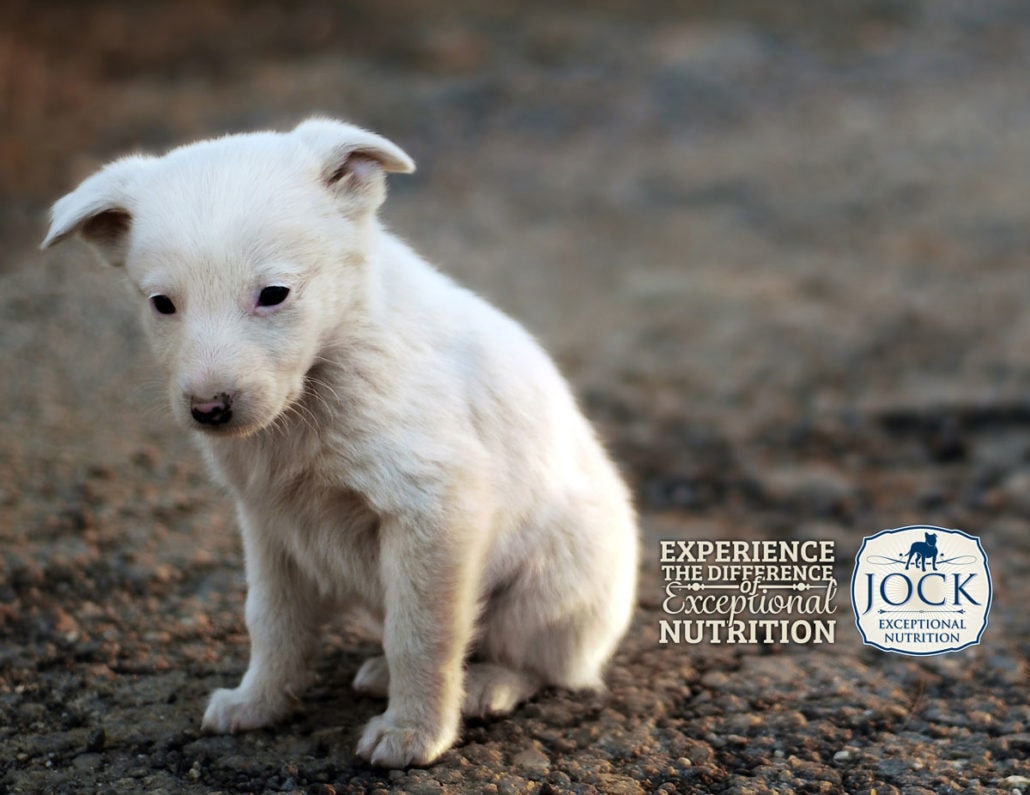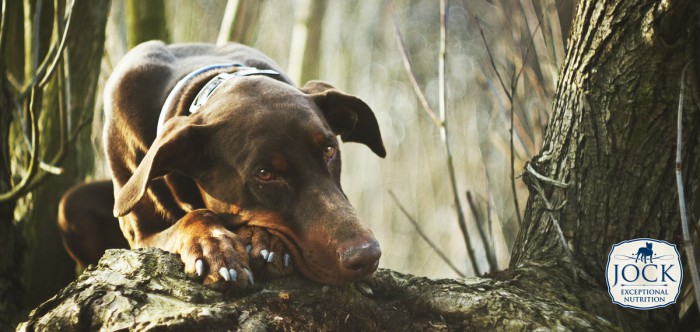Unfortunately lost pets are quite common in South Africa, with one in three dogs estimated to go missing at least once in their lifetime. Of these, almost 90% will never find their way home again. A missing pet is something that no owner wants to experience, but what are the steps to follow when your fury friend goes off on their own? We spoke to our resident animal behaviourist and pet super-sleuth, Lara Nobre, for this guide on locating your lost dog.
Don’t waste any time
It is crucial to spring into action as soon as you notice your dog is gone. The longer you wait the further your dog moves away from home, and that means the area you will need to search also increases. Like any missing person’s case, the first 24 hours are the most important, so make sure you don’t waste any time.
Start by having someone man the phones. If your dog has a collar with an ID tag containing your contact details, you could be getting a call at any time about their whereabouts. If the tag has your address on it too, someone has to be at home at all times to collect your dog should it be dropped off or comes home by itself.
Get the word out there
The more people that know about your missing pooch, the better your chances are of locating it. Start by contacting your local SPCA office/animal shelter to see if someone might have brought it in. If not, leave a description of your dog and arrange for them to place its details and picture on their lost and found board.
Now hit the streets. Armed with a recent photo of your missing dog, go around your neighbourhood to inform/ask people if they’ve seen it. This is much better than having to describe your dog to people. Also make sure you have a pad and pen to write down your phone number for passers-by keen to help.
Social media networks are also a great tool to help with your search. On Facebook there are groups that deal with missing pets, so simply join the one in your area and post a recent photo and a short description of your dog. Remember to let everyone in the group know how they can contact you (via cell, email or private message on Facebook) and give them regular updates on how the search is going.
The following couple of days
If you still haven’t located your dog by the next day, there is no need to worry too much. Dogs have excellent homing skills, so they could still be finding their own way home. You can, however, kick off the next phase of your search by putting up posters in your area. Remember to hit popular spots like your local supermarket or jogging/walking routes to get maximum exposure. You can also try local websites like www.petslostandfound.co.za or even Gumtree’s lost and found section
Remember to keep checking in with your local SPCA regularly should your dog still not be located within a couple of days. All lost pets are scanned for microchips when they arrive to help identify them and their owners. Microchipping can be done at any vet and involves planting a tiny chip under your dog’s skin that contains vital information like the owner’s contact details and address. This is especially helpful should your dog end up being collarless or when they have been stolen. In the event that your dog has neither a collar nor microchip, the SPCA will keep them for a maximum of 7 days before putting them up for adoption.
Prevention is always better
It is important to take all the precautions you can to prevent your dog from getting lost or being stolen. Be it microchipping, ID tags on a collar or even registering your dog on a pet website, it best to be prepared so you can quickly find your furry family when they get lost and reunite as soon as possible.


